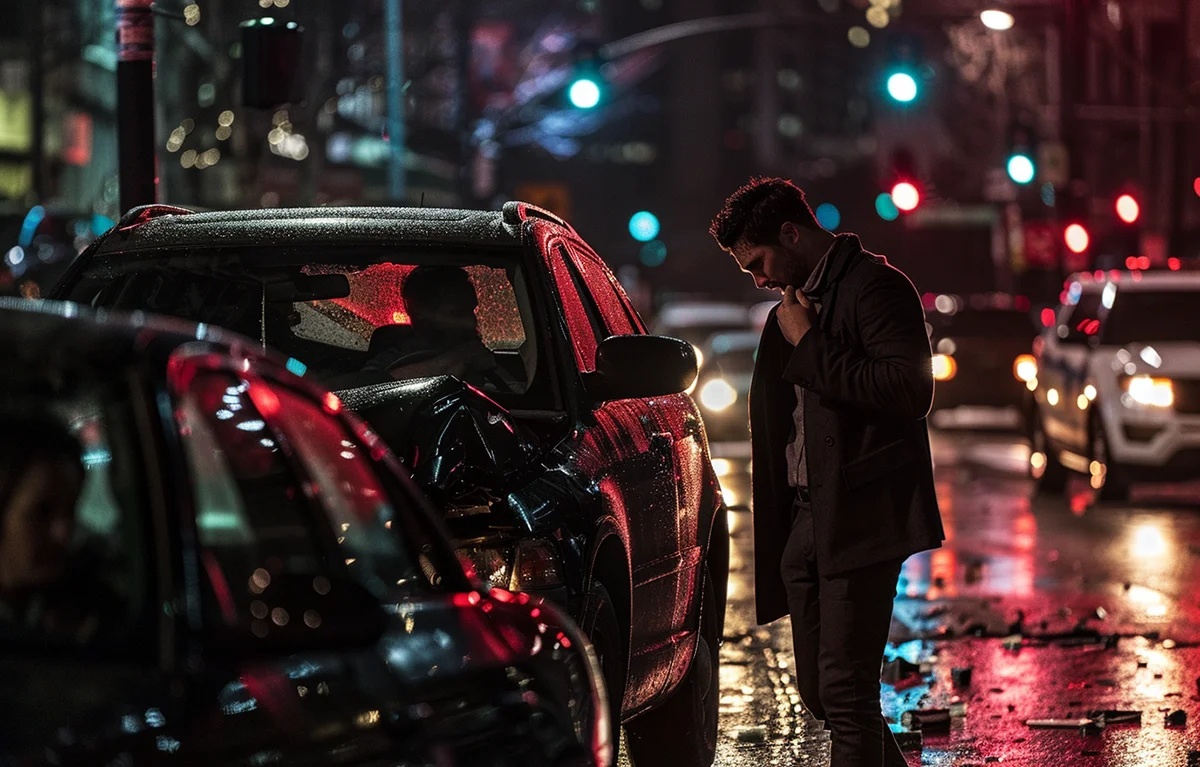How Fault Is Determined in California Auto Accidents and Its Impact
Accidents happen fast, but the consequences can linger for years. Your car is wrecked. You’re hurt. Maybe even unable to work. And now comes the big question: Who’s at fault? In California, this question isn’t just important—it’s everything. It determines who pays for your medical bills, lost wages, and even how much you can claim in damages. Fault matters because California is a “tort state” when it comes to car accidents, meaning whoever is at fault pays. But how do you figure out fault? How do insurance companies and courts decide who should take the blame? Let’s break it down.
The Law of Comparative Negligence
In California, things aren’t black and white when it comes to fault. The state follows the principle of pure comparative negligence.
What This Means for Drivers
Even if you’re partly to blame for an accident, you can still recover damages. However, your compensation is reduced by the percentage of fault assigned to you. For example: if the court decides you’re 20% at fault and awards $100,000 in damages, you’ll only receive $80,000.
The Legal Foundation
California Civil Code Section 1714 makes it clear that everyone is responsible for their actions. Both parties can share fault, or one can be entirely to blame—it depends on the circumstances.
Who Decides Fault in an Auto Accident?
At the Scene
After an accident, the process begins with law enforcement. Police officers gather statements, analyze the scene, and prepare an accident report.
Insurance Companies
Insurance companies conduct their own investigations to decide who pays what.
In Court
If the case goes to court, a judge or jury determines fault based on the evidence presented. Fault assessments can be complicated—especially in multi-car pileups. For instance, in a three-car crash in Los Angeles involving an LAPD vehicle (KTLA), investigators had to determine who triggered the chain reaction and whether all drivers shared some responsibility.
Key Factors That Impact Fault in California
Several elements influence how fault is determined:
Traffic Violations
Breaking traffic laws is one of the clearest indicators of fault. Under California Vehicle Code §21801, failure to yield or running a red light can establish negligence.
Speeding
Exceeding speed limits increases accident risk and makes it easier to assign fault—particularly in rear-end collisions or sudden stops.
Distracted Driving
Using a phone while driving can heavily influence fault decisions. Under Vehicle Code §23123.5, handheld device use while driving is illegal, and violations can be strong evidence of negligence.
Road Conditions
Sometimes, the drivers aren’t at fault. Poorly maintained roads, potholes, or missing signage can shift responsibility to local or state agencies. For instance, in a collision involving a horse on a California freeway, investigators needed to determine whether the animal’s owner or another party was liable.
The Blame Game: What Happens When You’re at Fault
No one wants to be blamed for a crash. But if you are, your liability insurance will cover the other driver’s damages.
California’s Minimum Liability Coverage
- $15,000 for injury or death to one person
- $30,000 for injury or death to more than one person
- $5,000 for property damage
When Both Drivers Share Fault
Under comparative negligence, shared blame reduces your payout proportionally. Example: In a Central California collision involving a distracted teen driver and a speeding motorist, if you’re found 40% at fault, your recovery decreases by 40%.
The Role of Insurance Companies
Insurance companies have one main goal — protecting their bottom line. After an accident, adjusters gather evidence, review police reports, and may even inspect the vehicles themselves. If they can prove you share any responsibility, they’ll reduce your payout or shift blame entirely.
Proving Fault: Why You Need an Attorney
Having a skilled auto accident lawyer can make all the difference.
How Attorneys Help
- Collect and preserve key evidence
- Obtain witness statements and traffic camera footage
- Work with experts to reconstruct the crash
- Navigate California’s complex negligence laws
In multi-vehicle accidents (like the LAPD collision in Los Angeles, KTLA), attorneys can untangle events to show exactly who caused the crash and ensure liability is accurately assigned.
When Fault Isn’t Clear
Sometimes, it’s not immediately obvious who’s at fault. Was a driver speeding? Did mechanical failure play a role? In a crash involving a runaway horse (AP News), investigators had to consider multiple parties: the horse’s owner, property management, or even local authorities. Complex scenarios like these require detailed investigation to uncover true liability.
The Bottom Line: How Fault Impacts Compensation
In California, fault directly affects how much money you recover. If you’re even partly responsible, your payout decreases by your fault percentage — and your insurance premiums might rise.
Why Legal Support Matters
An attorney ensures:
- Fault is fairly assigned
- Insurance companies don’t lowball your claim
- All evidence is preserved and used effectively
Don’t Let Fault Derail Your Case
Determining fault after a car accident can be challenging, especially when insurance companies are eager to minimize payouts. At California Attorney Group, we know the ins and outs of fault laws and how to fight back when blame is unfairly assigned. If you’ve been in an accident, call (310) 278-6666 for a free consultation. We’ll stand by your side — proving the truth, protecting your rights, and fighting for the compensation you deserve. Because in California, fault can make or break your case.


